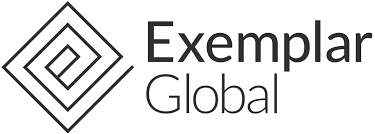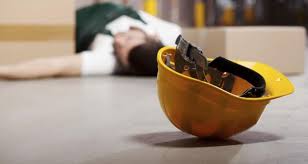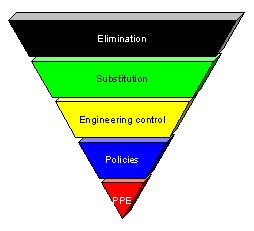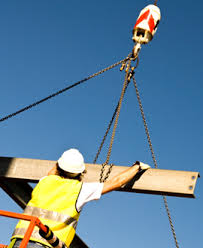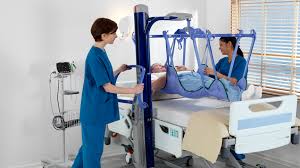After the much anticipated wait the ISO 45001 Occupational Health & Safety management standard has been published by the International Standards Organisation and adopted by the Australian and New Zealand standard body.
We are seeing businesses across a range of industries here in Australia start to transition there OHS management systems to the ISO 45001 management system standard with a view to the eventual migration from AS/NZS 4801 to ISO 45001.
Whats New?
There are a lot of new changes to how a company manages there OHS in accordance with the ISO 45001 standard but for practicality I have detailed some of the key new aspects below.
- Consistent language and increased compatibility with other standards
- Defining context of the organisation including understanding & needs & expectations of relevant parties
- Leadership & Commitment
- Planning – Identification of Risks & Opportunities associated with OHS
- Management of Change
- Outsourcing & Contractors
- Continual Improvement
- Communication – Now requires worker consultation and worker participation in the decision making process
Why Change?
In comparison to the AS/NZS 4801 management standard the ISO 45001 OHS management standard is a OHS management system standard rather than and OHS work processes standard and integrates seamlessly with the new ISO 9001 Quality standard and ISO 14001 Environmental standard.
The ease of which ISO 45001 can be integrated into any existing certified Quality or Environmental management systems and associated costs savings in both internal staff and consultant time add a lot of weight to the pro ISO 4500 migration argument. When you also consider the fact that AS/NZS 4801 is likely to be discontinued in the future the argument for migrating to ISO 45001 is further supported.
In addition to the above reasons for change unlike AS/NZS 4801 which is only recognised in Australia and New Zealand the ISO 45001 standard is internationally recognised which is ideal for Australian businesses trading internationally.
Posted by: Cathal Uniacke – cathal@custodiansafety.com.au
